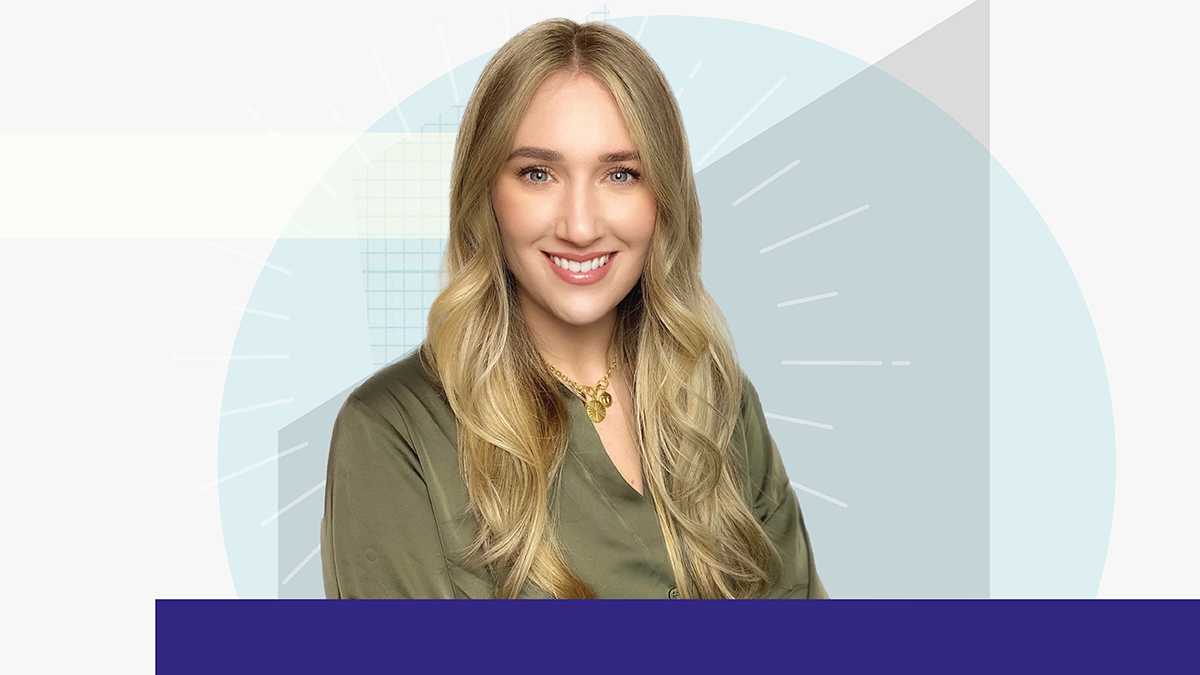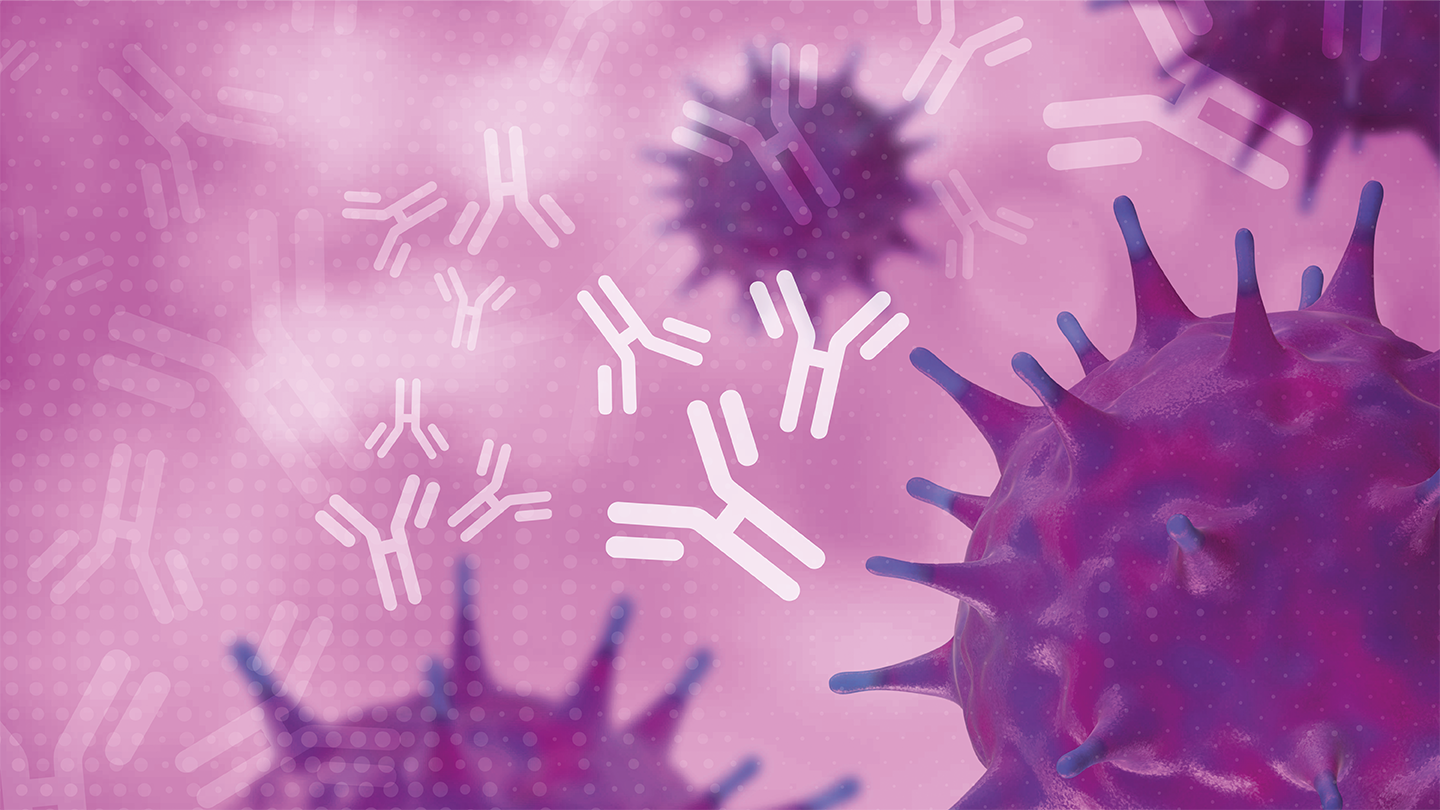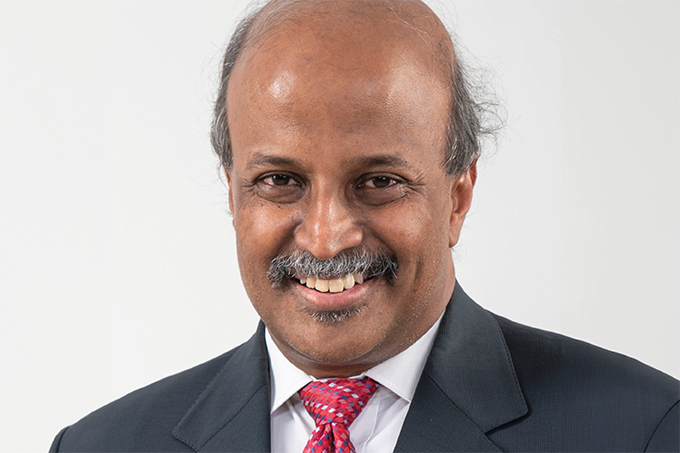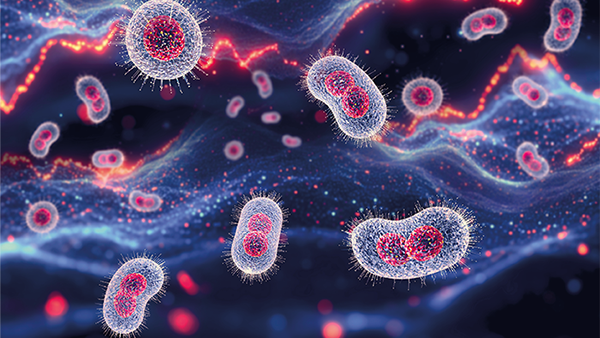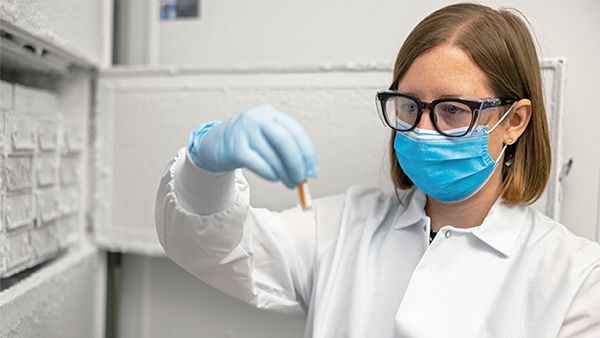Training Tales with Sarah Olsen
Sarah Olsen discusses her recent journey to becoming a medical laboratory scientist, the need for early outreach, and advice for incoming students
What inspired you to pursue a career in the lab?
I always wanted to do something that had a positive impact on people and the community I lived in. When I discussed career options with family or school advisors, they all suggested I pursue a career in nursing. I wasn’t so sure, but it seemed – based on my conversations – like the only choice if I wanted to pursue something in healthcare at a bachelor’s degree level.
While completing the prerequisite classes required to apply for the nursing program, I discovered an interest in microbiology. I was drawn to the science behind the molecular mechanisms behind bacterial infections. Microbiology was also my first exposure to working in a lab. And I loved it instantly. I started to realize that nursing didn’t quite feel right for me because I felt more passionate about exploring the science behind the disease.
I had already completed multiple health science credits in preparation for the nursing program, so I knew I needed to find something in health sciences – scrolling the catalog of college majors until I discovered Clinical Laboratory Science (CLS), also known as Medical Laboratory Science (MLS). It turns out that my journey to discovering MLS is not unique. Many people I spoke with at hospitals and reference labs during my rotations also started out with nursing because they felt it was their only option – until they discovered MLS having developed an interest in certain science classes.
What’s the favorite part of your training journey so far?
Going through clinical rotations. After spending the whole junior year doing heavy studying and trying to learn complex concepts, I was starting to feel like I would never be able to fully grasp it all; there’s so much to learn. Taking a break from sitting through lectures and having the chance to put all our knowledge into practice in a real, operational medical laboratory helped make it all click – I needed to see things in action and do the different tests myself to gain confidence and get a better idea of what I enjoyed most. Speaking with clinical preceptors – hearing about their training journeys and how they chose a place to work – gave me a great deal of perspective. I was able to imagine the type of environment I saw myself in and “try on” different types of medical labs to see what I liked the most.
And your least favorite?
Learning how to effectively manage my time when faced with a heavy workload has been my least favorite part of the training journey – but it has also been one of the most beneficial. The program at Texas State is rigorous and highly challenging, but it prepares students on how to collect themselves and stay calm even when times are hectic and stressful. It was difficult to appreciate all the assignments, lectures, papers, and exams when I was getting hit with them all at once. But, in the end, the experience made me more resilient. The ability to prioritize multiple competing tasks is a huge part of the job, so I felt well prepared for it once I reached clinicals.
Did anything about the lab surprise you when you started your clinical rotations?
I was surprised at the variety of career options I qualified for with an MLS degree and certification. Many MLS students choose to work as a generalist at a hospital, but it’s not the only option – we can work in a variety of different labs. One of the many great things about our program at Texas State is that we can do rotations in neighboring cities – such as Austin or San Antonio – that have blood and tissue donation centers, oncology offices, pharmaceutical research, and molecular diagnostic labs.
Talking with different clinical preceptors made me realize that I didn’t have to settle on one thing forever. The consensus among clinical preceptors seemed like most of them did not feel stagnant or stuck doing the same thing forever, which is important to remember if you’re considering MLS as a career.
What advice would you give to students going through their clinical rotations?
I am very lucky because the program at Texas State University has a clinical coordinator who finds openings and places each person in the cohort for every clinical rotation they need to graduate. All dates and schedules were provided to me during my spring and summer senior semesters. Our coordinator has affiliations with many hospitals and reference labs in the area and each year they offer a certain number of openings that depend on each site’s staffing situation.
This is not the case with every program, so I would advise prospective MLS/CLS students to check this process for the programs they are considering. Having a guaranteed spot for all your clinical rotations is something I took for granted until I met a student from another school who had to spend valuable study time reaching out to hospitals all over the state to find placements. It is a huge advantage for students to have those spots guaranteed.
When preparing for your rotations, consider how much time and effort it takes a preceptor to give you one-on-one training. Medical laboratory professionals are often dealing with a busy, short-staffed lab, so taking on a student six to eight hours a day for weeks at a time can be exhausting for them. Preceptors have to manage their own workload while slowing down enough to show students every detail of what they are doing. This can be straining, and the harsh reality is that not every preceptor will take the time to show you every detail or let you practice things yourself. Make it known by your actions that you appreciate and respect the time and effort they are taking to help you.
Clinical rotations are what the student makes of them. If you show up on time, engage, and ask meaningful questions, most preceptors will be happy to spend extra time teaching you, but if you are distracted or not paying close attention while they’re teaching, it can make them feel like they are wasting time they already can’t afford to lose. Being interested and engaged not only helps you obtain quality training, but it often resonates with the laboratory professionals and managers, which could land you job offers by the end of your rotation.
Think of your rotations as a two to three week-long interview process where you and the preceptors get a chance to see if it would be a good working relationship. A networking pro-tip is to bring the lab staff a sweet treat with a thank you note and your best contact information so they can stay in touch after your rotation ends. If this isn’t convenient for you, a simple hand-written thank you note with your contact information at the end of your rotation goes a long way to show your appreciation.
You were the Treasurer for the Society of Clinical Laboratory Science. Tell us about the Society and what was involved…
The Society of Clinical Laboratory Science (SCLS) is a student organization at Texas State University for the CLS program and is run by four elected officers – President, Vice President, Secretary, and Treasurer – from each cohort for their senior year. They hold bi-weekly meetings on campus that are open to all student members and non-members. This is probably the best way for anyone who is interested in CLS/MLS to get a feel for what it’s like in the program and what is involved on the job.
I attended some of the SCLS meetings when I was preparing to apply, and listening to the students talk about their classes and clinical rotations was like having insider intel that I knew I wouldn’t get from searching online. During the year I was Treasurer, we invited guest speakers from all over Austin and San Antonio to discuss opportunities for employment, including recruiters from places like the Army Reserves and Austin Regional Clinic. Speakers came from a variety of different career paths in the industry, with the aim of highlighting the many avenues that students can take after graduating from the MLS program. We also invited alumni to talk about the current job market and advise on the different types of interview questions they encountered or what places they knew had job openings in the area.
SCLS introduces students to the world of networking and helps them develop their soft skills as they prepare to apply to the program, enter clinical rotations, or enter the workforce. SCLS also mirrors the national version in our profession – the American Society for Clinical Laboratory Science – introducing the importance of membership for these organizations and how they work hard to represent our role in healthcare.
Finally, SCLS helps students feel supported as they navigate the program; having a friend to ask for help when you’re stressed is invaluable during the MLS program, especially at the beginning of junior year when you’re adjusting to such a big change in workload.
What happens after graduation?
After graduation, the typical route for an MLS is to get certified. The American Society of Clinical Pathology (ASCP) is usually preferred by employers; the ASCP board certification is obtained by taking a comprehensive exam after graduation that covers everything we’ve learned in the program from day one. The MLS program at Texas State has a very high pass rate for the certification exam, likely because its structure involves heavy reviewing throughout senior year. Our professors incorporated capstone exams for each major area of study to help us stay engaged and review all the material; by the time you take the certification exam, the material is fresh and you’re well prepared.
Some employers will hire you with a degree without having been certified, but the pay is typically a little lower until you’ve sat and passed the exam. Once you’re certified or have started working, there is on-the-job training that typically lasts around four weeks, depending on the position and the employer’s policies for onboarding. Certification and new hire training are all that’s required straight after graduation, but there’s always specialized certifications and master’s degrees to think about for long-term goals.
What are you most looking forward to about entering the medical laboratory workforce?
School is such a massive undertaking of knowledge that it’s difficult to focus on one specific thing that interests you, so I’m most looking forward to getting settled into a role and investigating things that interest me at my own pace. Earning a bachelor’s degree and certification is just the tip of the iceberg of knowledge in this field, so I truly think the “fun” learning starts once you get your first job and develop skills and discover what part of the work interests you most. Also, the students in my cohort and professors at the Texas State MLS program became like a family to me and I miss having that feeling of belonging to something special, so I look forward to finding that again with future employers and coworkers.
From the perspective of someone who has just gone through MLS training, how can the medical laboratory increase interest and recruitment in the field?
Unfortunately, this is an ongoing issue for our profession. Laboratory professionals can sometimes be a bit introverted and, consequently, struggle to speak up to let ourselves be known. The role of the MLS is so incredibly important, but because it’s not seen at the bedside by patients we are often forgotten about. Recruitment and interest in the field needs to start at the high school – or even middle school – level when young students are first being introduced to classes like biology or chemistry. When there are career fairs or college major days at high schools, we need to have a table; the medical laboratory would benefit so much from being visible when high school students are considering a career in healthcare so they know that becoming a nurse or clinician, although great options, aren’t the only ones.
This outreach needs to continue into college when freshmen or sophomores are looking for STEM majors. Although chemistry and microbiology degrees are great, the job market after graduation tends to be narrow and typically requires master’s degrees to get your foot in the door with employers. Our program often accepts students who have already obtained a bachelor’s degree and have come back to school in hopes that earning a second degree will eventually lead to gainful employment.
By the time I walked the stage, I had interested employers from clinical rotations and received actual offers because we are so desperately needed in healthcare right now. An MLS degree is a great way to earn a scientific degree while increasing your chance of getting a job when you graduate, without having to pursue further education to qualify for your chosen career.
What tips would you give to students who are just starting their MLS training?
Remember that the hard part is temporary. It will likely be the most you’ve ever challenged yourself and you’ll have to dig deep to find motivation during times when it feels like it’s impossible to finish. Just remember it will all be worth it in the end – you will have so much freedom to pick and choose where you want to work and what you want to do in life. Being an MLS offers a unique blend of focusing on science while also contributing to patient care, so the hard work upfront is matched by an amazing career. Stay positive and surround yourself with people who support you. Join your student organization or the American Society for Clinical Laboratory Science, which has a forum for students, so you can be around people who relate to what you’re going through – it helps tremendously.
